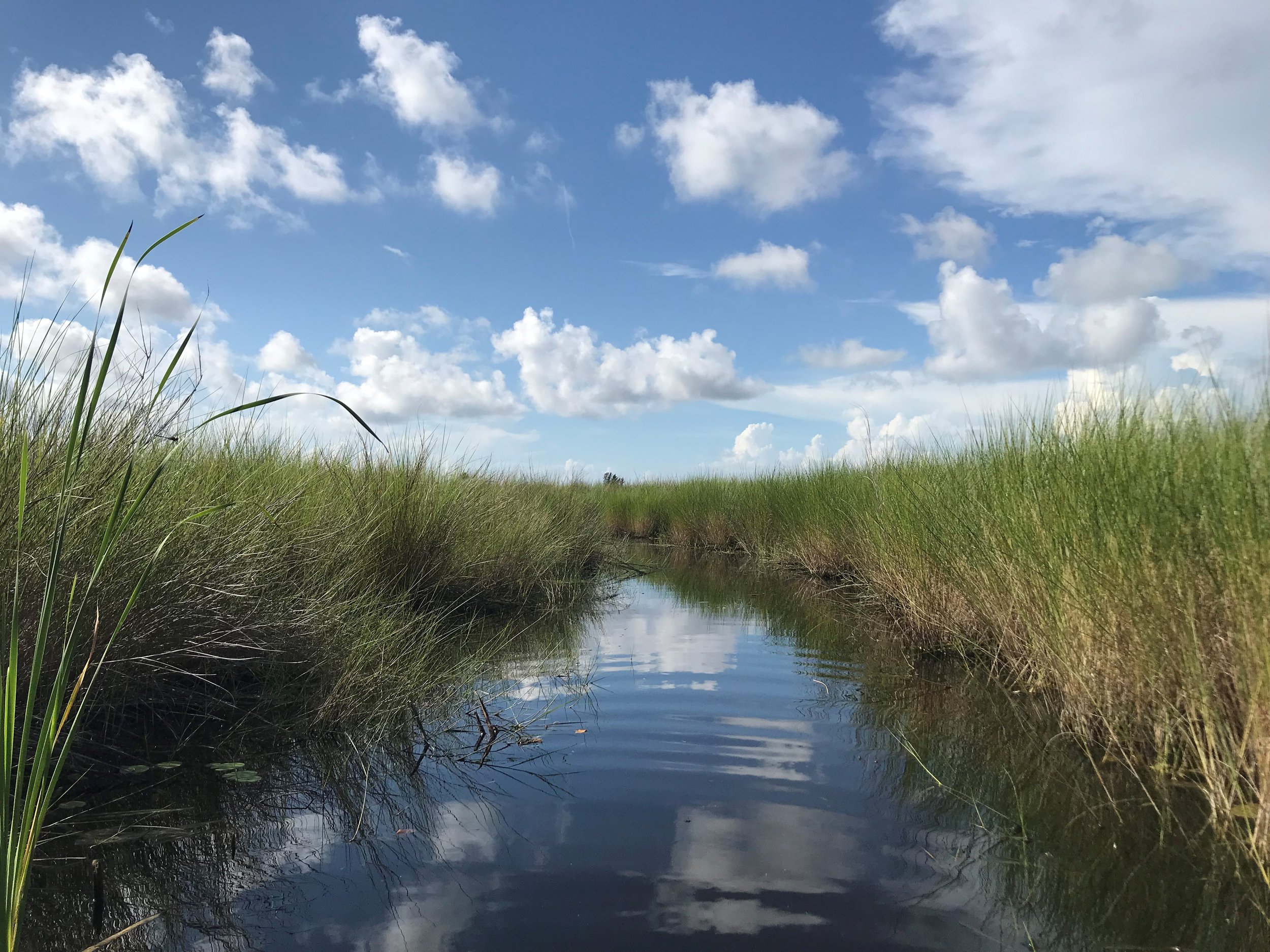
Projects
Poleward Expansion of Mangroves into Tidal Marshes
Geomorphic Setting Mediates Surface Elevation Dynamics
Globally, the poleward expansion of mangroves is occurring at the expense of tidal marshes, with implications for changes to ecosystem services. Read more about Dr. Steinmuller’s work on mangrove encroachment into tidal marshes: https://link.springer.com/article/10.1007/s10021-019-00411-8 and https://www.frontiersin.org/articles/10.3389/ffgc.2022.852910/full.
Coastal wetlands experience acute and chronic disturbances which can affect rates of surface elevation change and vertical accretion of surface sediments. Disturbance can either amplify or impair the ability of wetlands to maintain their position within the tidal frame, with implications for their long-term persistence. Read more about how acute and chronic disturbance mediate vertical change in coastal wetlands of different geomorphic settings here: https://link.springer.com/article/10.1007/s12237-022-01131-4.
Coastal wetlands occupy the interface between aquatic and upland systems and perform critical ecosystem services that include habitat provision and fisheries support, as well as carbon storage and water quality regulation, which are mediated by biogeochemical processes. Global climate change is impacting relative sea level rates worldwide, which alters the areal extent of these wetlands. In response to sea-level rise, coastal wetlands can either a) accrete vertically to maintain their position in the tidal frame, b) transgress landward, or c) submerge entirely, each of which has important ramifications for the storage and cycling of carbon and nutrients.
The Role of Intertidal Oysters in Nutrient Cycling
Refining Rates of Carbon Burial in Global Mangrove Ecosystems
The Biogeochemical Responses of Coastal Wetlands to Sea-Level Rise
Intertidal oyster reefs can enhance coastal water quality as well as cycle and store organic carbon. Check out recent work on the role of intertidal oyster reefs in OC storage, cycling, and local quality here: https://aslopubs.onlinelibrary.wiley.com/doi/abs/10.1002/lno.12063 and https://link.springer.com/article/10.1007/s12237-017-0311-5.
Carbon Quality in Blue Carbon Storage
Mangroves bury carbon at different rates in coastal settings characterized by different sediment types and by variations in how riverine and ocean water interact with the landscape. Read more here: https://agupubs.onlinelibrary.wiley.com/doi/10.1029/2022GL100177.
Understanding the physical and chemical nature of stored organic material is critical to forecasting changes to organic matter stores. Read more here: https://www.sciencedirect.com/science/article/pii/S0048969719319564 and https://www.sciencedirect.com/science/article/abs/pii/S0016706117322553.





